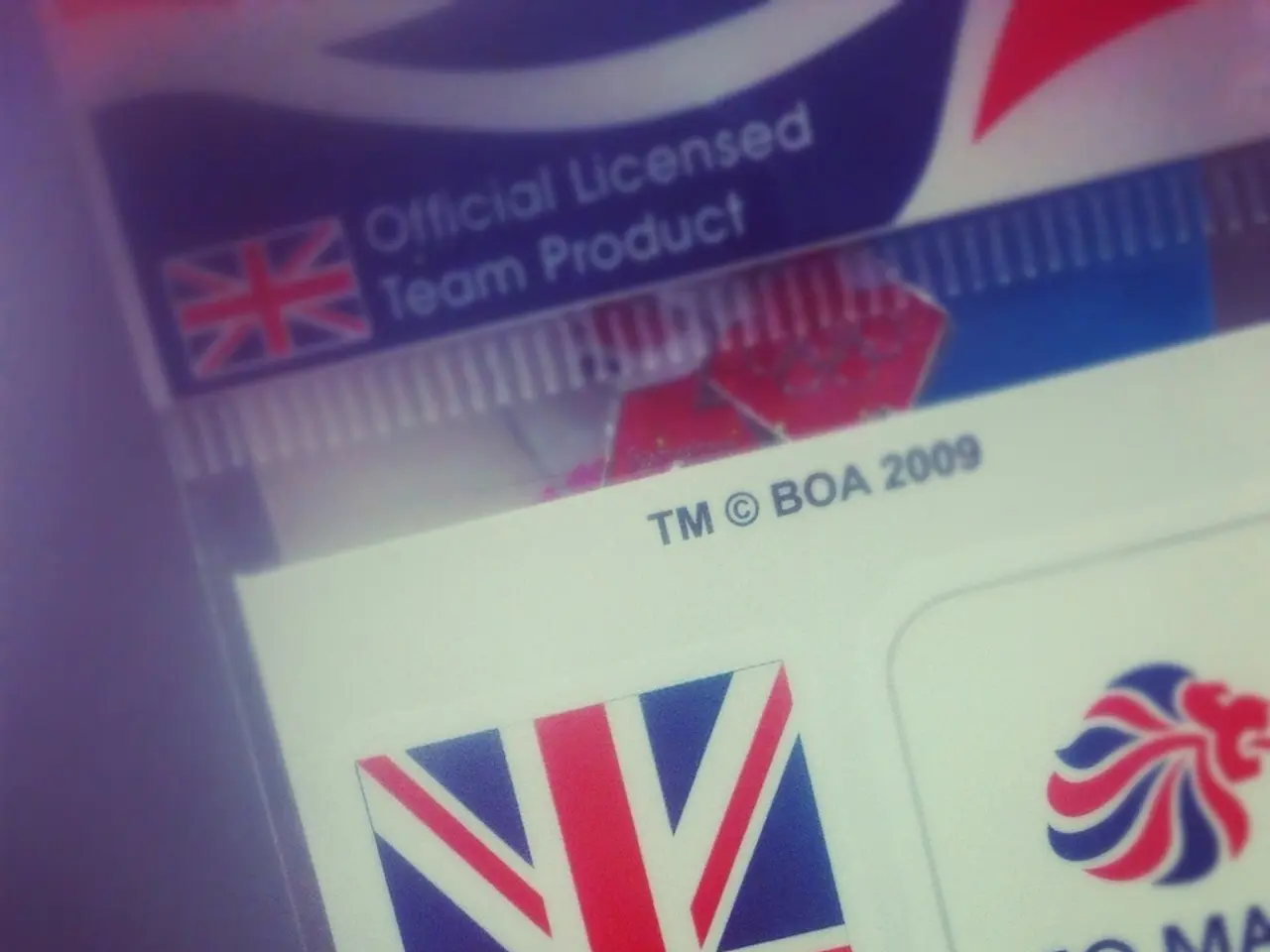Secure communication standard in Europe: the REM Certified Email
Transitioning from PEC to REM: Improving Cross-Border Communication in Europe
The European Commission is working towards standardizing certified digital services within the EU, with the revision of the eIDAS 2.0 regulation. One of the key changes this revision will bring is the transition from PEC (Certified Electronic Mail) to REM (Registered Electronic Mail), also known as the European PEC.
Benefits of Transitioning to REM
REM aims to harmonize electronic registered mail practices across EU member states, facilitating cross-border communication in a standardized manner. This harmonization will offer improved interoperability, enabling seamless communication between businesses and administrations across Europe.
In addition to improved interoperability, REM typically incorporates strong authentication, encryption, and legal frameworks that recognize it as equivalent to traditional registered mail EU-wide. This enhanced security and legal recognition will provide businesses with a reliable and consistent means of communication.
For businesses operating internationally, REM reduces the complexity of managing multiple national electronic mail systems. With REM, they can rely on a single solution for their communication needs across Europe.
Challenges of Transitioning to REM
The transition from PEC to REM will require technical and infrastructural adjustments. Users and businesses may need to update or replace existing PEC systems to support REM protocols and standards. This process may involve additional costs and training to adapt processes and staff to the new system.
Data privacy compliance is another consideration. While both PEC and REM emphasize security, aligning with broader EU data protection regulations like GDPR may require extra compliance efforts.
Initial interoperability hiccups are also possible, despite the goal of harmonization. Early phases may experience compatibility issues between legacy PEC systems and REM.
Key Differences between PEC and REM
The main difference between PEC and REM is the process of recognition and identification of the account holder. REM requires a verified identification process, including through digital identities such as SPID and CIE.
Timeline and Responsibilities
The transition from PEC to REM is set to occur between 2025 and 2026. The provider is responsible for upgrading their mailboxes to the European standard.
To access REM, it will be mandatory to activate a two-factor authentication system. The PEC Management System will help overcome complications of handling this multi-factor authentication (MFA) for direct access to the webmail via the REM Provider's site.
The PEC Management System will also securely handle connections to the REM mailbox for receiving and sending emails without any impact on businesses or users. The system will allow retroactive interoperability between the retiring PEC channel and the new REM channel.
As the DPCM (Decree of the President of the Council of Ministers) is still awaiting publication for the migration obligation to take effect, the exact timeline and requirements for the transition may still change.
In summary, transitioning to REM offers stronger security, reliability, and especially interoperability benefits for users and businesses dealing across European borders, but it comes with implementation challenges related to system updates, costs, and adaptation to EU-wide standards. Sending a REM to a user in another European country will have the same legal value.
Data-and-cloud-computing technologies play a vital role in the transition from PEC to REM, as they enable the development and implementation of the enhanced security measures and protocols required for REM, such as strong authentication, encryption, and legal frameworks. Moreover, the expanded use of cloud technologies facilitates the harmonization of electronic registered mail practices across the EU, promoting technology's role in enhancing cross-border communication.




